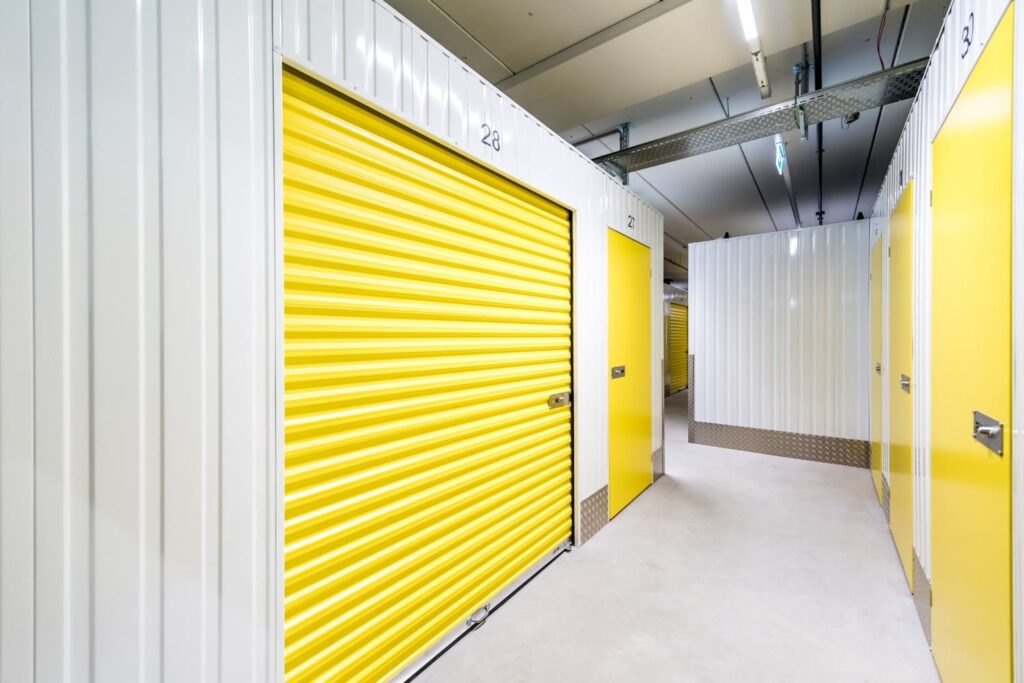
Storage facilities come in various forms to cater to the diverse needs of businesses and individuals. Among these, cold storage and air-conditioned self-storage are two popular options, each designed to address distinct temperature and climate control requirements. In this comprehensive guide, we’ll delve into the key differences between cold storage and air-conditioned self-storage, helping you make informed decisions when it comes to storing your valuable items.
The fundamental difference between cold storage and air-conditioned self-storage lies in the temperature control they offer:
Cold storage facilities are engineered to maintain low temperatures, typically around freezing or below. These facilities are equipped with powerful cooling systems and insulation to preserve a frigid environment. This makes them ideal for storing items that require extremely low temperatures to remain in optimal condition. Common uses for cold storage include:
On the other hand, air-conditioned self-storage facilities aim to maintain a comfortable and controlled indoor temperature, typically in the range of 60-78 degrees Fahrenheit (15-26 degrees Celsius). While not as cold as cold storage, these facilities provide a climate-controlled environment suitable for a wide range of items that should not be exposed to extreme heat or cold. Common uses for air-conditioned self-storage include:
Apart from temperature, both cold storage and air-conditioned self-storage facilities offer different levels of climate control:
Cold storage primarily focuses on temperature control, aiming to maintain a consistently low temperature. These facilities are not specifically designed to regulate humidity levels. Consequently, while they are ideal for freezing or preserving items, they may not be the best choice for items sensitive to humidity.
Air-conditioned self-storage facilities provide a more holistic climate control approach. In addition to regulating temperature, they also control humidity levels. This is critical for protecting items that are sensitive to moisture and can be damaged by excessive humidity. By maintaining a balanced and stable climate, air-conditioned self-storage units offer superior protection against both extreme cold and humidity-induced issues.
The choice between cold storage and air-conditioned self-storage often depends on the type of items you need to store:
Cold storage facilities are typically used for items that require freezing or near-freezing temperatures. Common examples of items stored in cold storage include:
Air-conditioned self-storage units are versatile and are used for a broad range of items sensitive to temperature fluctuations. Examples of items commonly stored in air-conditioned units include:
The specific use cases for cold storage and air-conditioned self-storage differ due to their temperature and climate control capabilities:
Cold storage is highly specialized and is primarily used by businesses that deal with frozen or perishable goods, such as supermarkets, food distributors, and pharmaceutical companies. It’s less commonly used for personal storage, given its specialized nature and high operating costs.
Air-conditioned self-storage, in contrast, is used by a wide range of individuals, households, and businesses for general storage needs. These facilities provide a versatile and comfortable storage environment suitable for a variety of items. They are also accessible and cost-effective for personal storage.
The cost of using cold storage versus air-conditioned self-storage differs due to their specific temperature requirements:
Cold storage facilities are generally more expensive to operate. Maintaining very low temperatures consumes a significant amount of energy, resulting in higher operational costs. These costs are typically passed on to businesses that require this specialized storage solution.
Air-conditioned self-storage is usually less expensive to operate compared to cold storage. The climate control systems used to maintain moderate temperatures and humidity levels are more energy-efficient and cost-effective. This makes air-conditioned self-storage a more affordable option for a wide range of users.
Understanding the distinctions between cold storage and air-conditioned self-storage is crucial when selecting the right storage solution for your specific needs. While cold storage excels in preserving items at very low temperatures and is favored by businesses dealing with perishable goods, air-conditioned self-storage offers a versatile and cost-effective option for a wide range of personal and business storage needs. The choice between the two ultimately depends on the nature of the items you need to store and your specific storage requirements, whether it’s preserving pharmaceuticals or safeguarding your cherished furniture and electronics.
Important Link
Information Link
Contact Information